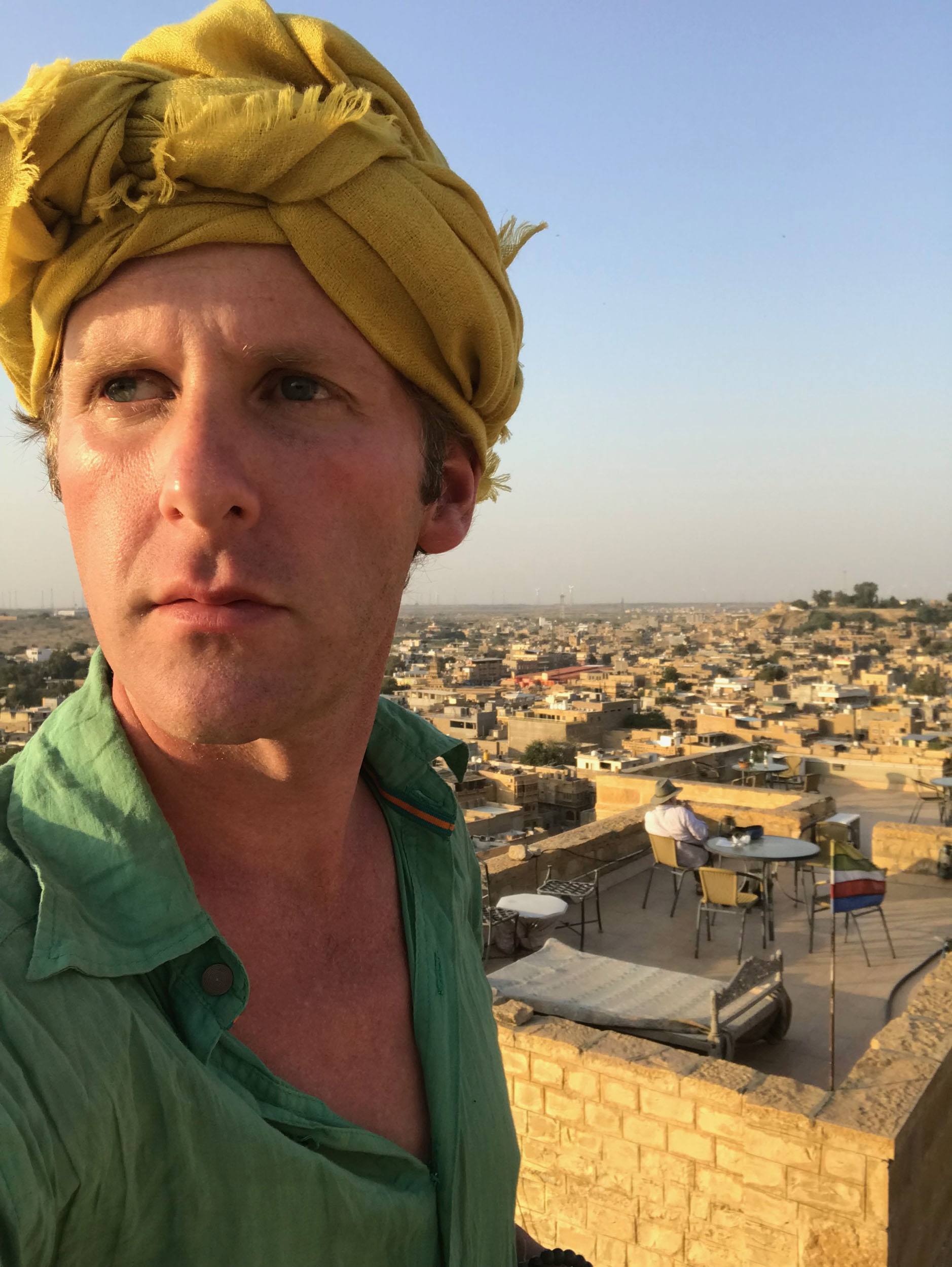Cuba is as intriguing as it is perplexing, especially with its peculiar dual currency idiosyncrasy implemented as part of the socialist economy by Fidel in the mid 90s. The legal tender of two, yes, two currencies on the Caribbean island flooded my mind with multiple questions and a lot of confusion during the planning stages of my approaching solo trip. So as to navigate the minefield of confusion and avert any potential con artist pitfalls, I performed lots of research and, following the three-week journey around the island nation, came away with more clarity and understanding. Let’s take a look at each currency, one at a time, so you too can understand Cuba's dual currency system.
Cuban National Peso (CUP)
It’s the currency in which Cubans receive their salaries and happens to be the currency of very low value.
1 CUP = 0.04 CUC
1 CUC = 25 CUP
When meals at restaurants and luxury items at supermarkets are sold in CUC, and Cubans are paid in CUP, getting what they want (and sometimes need) can be a massive, seemingly insurmountable, challenge. Add to this most people are paid less than US$40 (or the equivalent of 40 CUC) per month, buying a meal worth 5 CUC is never going to be an option.
Cuban Convertible Peso (CUC)
It’s the currency of high value (of the two in question). It’s pegged to the American dollar, at a ratio of 1:1. So, if you have US$100, then you’ll also have 100 CUC. It’s the only currency that can be withdrawn from ATM machines (when you find one that works) and can be used for most purchases throughout Cuba. I used – and you will use – CUC for most things considered a luxury: accommodation, restaurant meals, taxi fares, Internet cards, and buses for tourists. It’s dubbed the ‘tourist currency’, so keep reading to find out why.
Why Two Currencies?
In 1994, Castro decided the economy needed a boost following the fall of the Soviet Union and subsequent demise of trade agreements between the two entities. Cash was hard to come by so, with the influx of tourists and rise in tourism, Fidel legalised the American dollar which, ten years later, evolved into the Cuban Convertible Peso (or CUC). It was pegged to the USD, whereas the Cuban National Peso (or CUP) remained weak. It created a dichotomy, fracturing Cuban society. To confuse things further, two valuations of the national peso were created, 25 national pesos (CUP) to one convertible peso (CUC) at Cadecas (or official exchange offices) and a 1:1 ratio according to the state. It created big issues of access, or lack thereof.

To make this clearer, let’s take the example of a medical doctor, many of whom I met during my stay, running casas particolar so as to actually earn a living (albeit perhaps a little exploitatively). Most doctors, under the Marxist dictatorship, earn around US$60 per month (not a lot in comparison to western standards). At the Cadeca (the official exchange office), it’d be – per the 1:25 ratio - $1,500 Cuban National Pesos (CUP, the currency of low value). Inflated falsely by the Cuban state (per the 1:1 CUP to CUC ratio), the meagre salary equates to $1,500 CUC (the currency of higher value). However, at the Cadeca and in reality, he or she would only receive $60 CUC (per the 1:1 CUC:USD ratio), not a lot on which to survive for a month.
This has resulted in exploitation of the system. Casa particolar owners, for example, are required to give all earnings to the government, and are then paid a set salary on a regular basis. However, if they charge a customer 30 CUC a night for a room and it’s paid in cash (which it always is), they need only write they received 15 CUC, the other 15 entering pockets. You can be the judge and jury regarding the morality and ethics of the scenario. It’s not to say all taxi drivers, hotel owners and restaurant managers exploit the system. But it does happen. I, for one, know I’d struggle living long-term under a dictatorship.
So, at the end of the day, it’s only the tourists who can actually afford to buy the ‘luxury’ items discussed earlier. Cubans often have no hope of ever getting the items listed as ‘luxury’ unless they’re gifted.
Which Currency Should Be Used?
Although most things for which to pay will be purchased utilising the CUC (the currency of higher value) such as rooms at casas particolar, I personally recommend obtaining some of both currencies, especially if you’re on a strict travel budget.
Go to a Cadeca (the official money exchange offices), wait in line for what seems an eternity, and buy yourself some CUP from the CUC you’ll already have in hand. Buying items – particularly fodder – from local haunts like peso restaurants, bakeries, small supermarkets and street vendors is done with CUP, and it’s a LOT cheaper than buying said items from tourist establishments. You’ll end up spending less than the equivalent of US$1 for a small meal compared to US$10 at an establishment using only CUC for something that’s marginally tastier.
Pay Close Attention to Your CUP and CUC
There were numerous occasions in which I’d pay for something, for example in a supermarket, in CUC (like a large bottle of water), and glance at my hands moments later to see I’d been given change in CUP. Going back to the 1:25 ratio, I’d clearly been ripped off. Because the two currencies are almost indistinguishable (to me, they looked the same), ruses occur, more often than you may imagine, but are mostly confined to Havana, Trinidad and to a lesser extent, Varadero. If you pay in CUC (and the item has been listed in CUC such as on a restaurant menu), then ensure you receive change in CUC. If you don’t speak Spanish (and the culprit doesn’t speak English), simply say, “Por favour, dame mi cambio en la moneda correcta.”
If you have any questions, concerns or constructive criticism, please don’t hesitate to get in touch.
¡Buen viaje!


